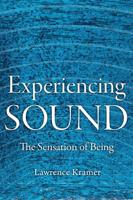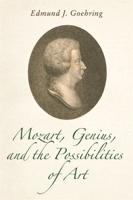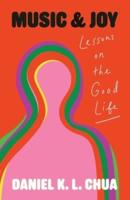Publisher's Synopsis
Part of the acclaimed Iconic Albums series, this definitive deep-dive into Paul McCartney's Pipes of Peace offers an unparalleled exploration of one of the most complex and overlooked records in the former Beatle's solo career. First released in 1983, Pipes of Peace was the companion to the critically acclaimed Tug of War, and yet it has long existed in its predecessor's shadow. This comprehensive and meticulously researched volume brings the album into full light, revealing its historical, emotional, and artistic significance in McCartney's post-Beatles evolution.
Across 25 immersive chapters, this book unpacks the album's creation, themes, and enduring legacy. Readers are taken behind the scenes into the groundbreaking recording sessions at AIR Studios Montserrat and Abbey Road, exploring the pivotal role played by producer George Martin, and the presence of notable collaborators like Michael Jackson, Ringo Starr, Stanley Clarke, and Eric Stewart. Each song is given close analysis, from the global chart-topping duet "Say Say Say" to the haunting anti-war message of the title track "Pipes of Peace."
Beyond the music, this book situates Pipes of Peace within the broader cultural and political context of the early 1980s-a time shaped by Cold War anxieties, the rise of MTV, and shifting technological frontiers in recording. The text examines how McCartney navigated these changes with both reverence for the past and a willingness to experiment, blending traditional songwriting with modern production and visual storytelling.
A standout chapter is dedicated to the iconic music video for "Pipes of Peace," which reimagines the 1914 Christmas Truce of World War I and helped establish McCartney's commitment to peace as both a personal value and a public message. Another key focus is his evolving relationship with Michael Jackson-from creative collaboration to later business conflict over the Beatles' song catalog.
The book also explores why McCartney chose not to tour the album and how that decision affected its reception and legacy. It revisits the mixed critical reviews at the time of release and tracks the album's slow but steady reappraisal, particularly in the wake of the 2015 Archive Collection reissue. With renewed attention on its themes of love, empathy, and nonviolence, Pipes of Peace is increasingly recognized as a prescient and emotionally resonant body of work.
Ideal for Beatles fans, McCartney devotees, pop music historians, and anyone interested in the intersections of art and social consciousness, Pipes of Peace is not just a retrospective-it's a rediscovery. Whether you're new to the album or revisiting it with fresh ears, this book offers the context, insight, and critical perspective needed to appreciate Pipes of Peace as a key chapter in Paul McCartney's unparalleled musical journey.
From intimate ballads to global anthems, from studio innovations to cultural impact, this is the story of an album that dared to dream of peace-and still dares us to believe in it.









